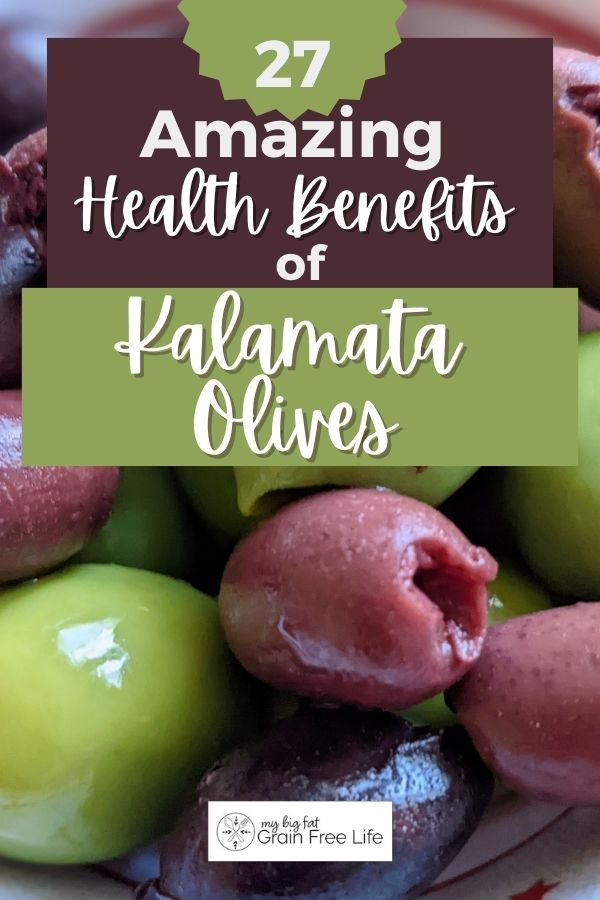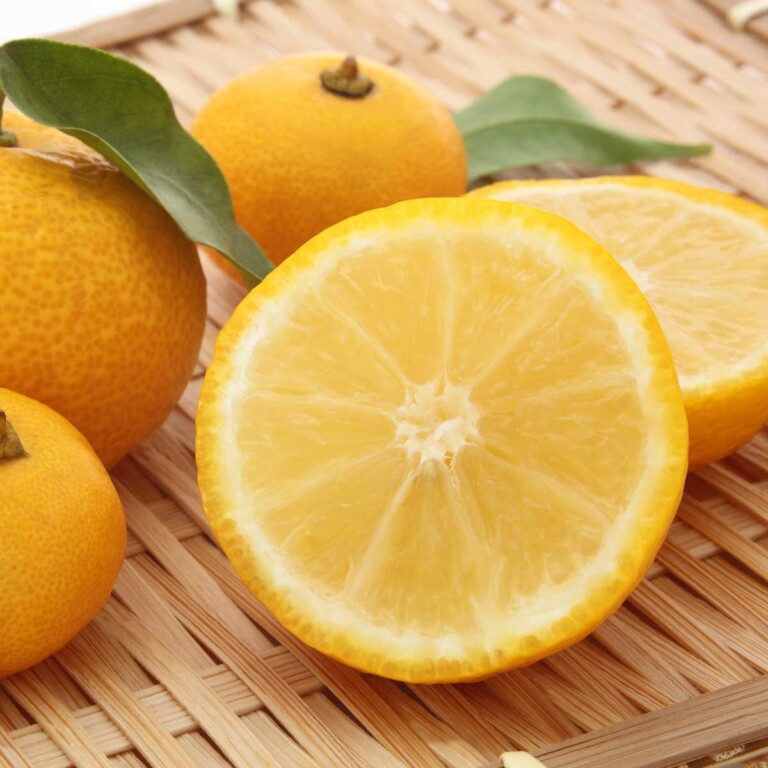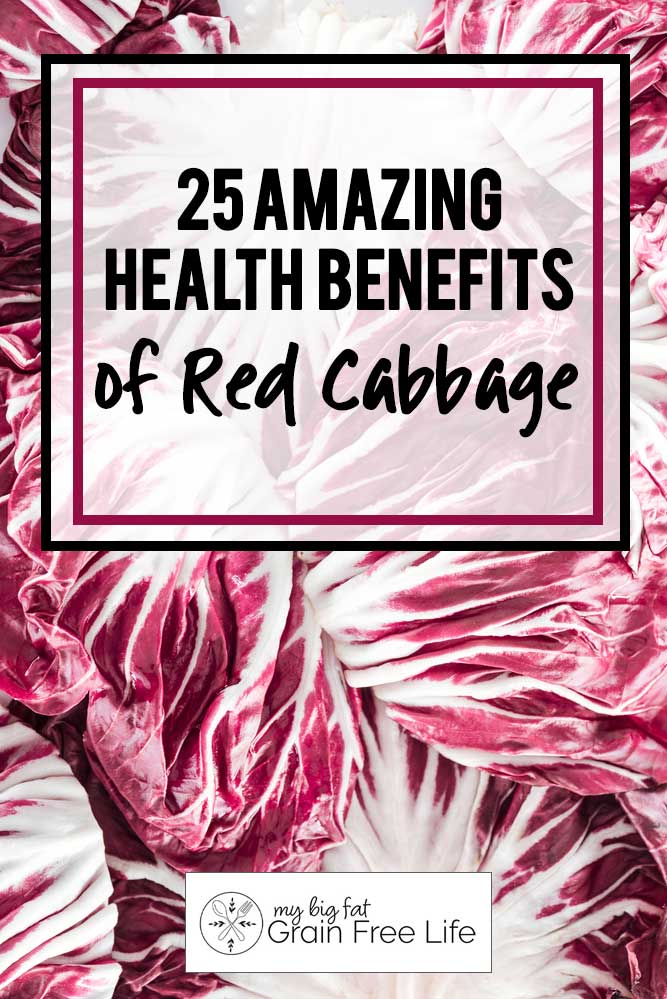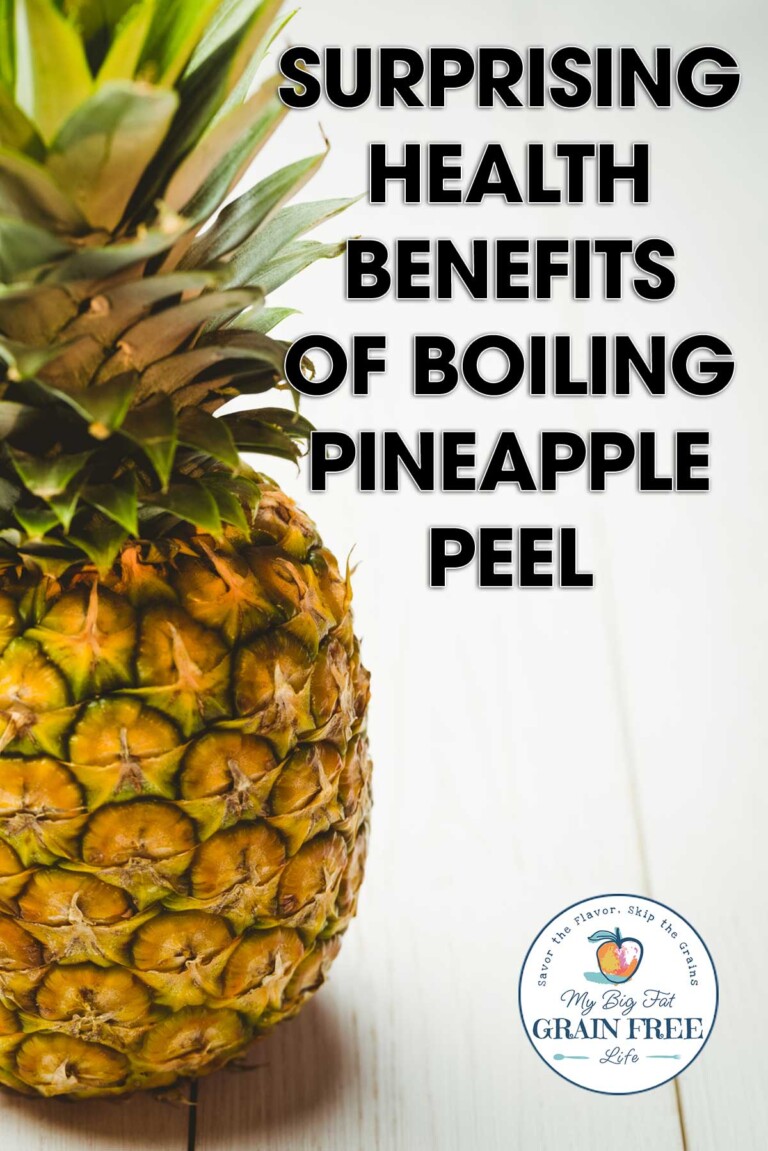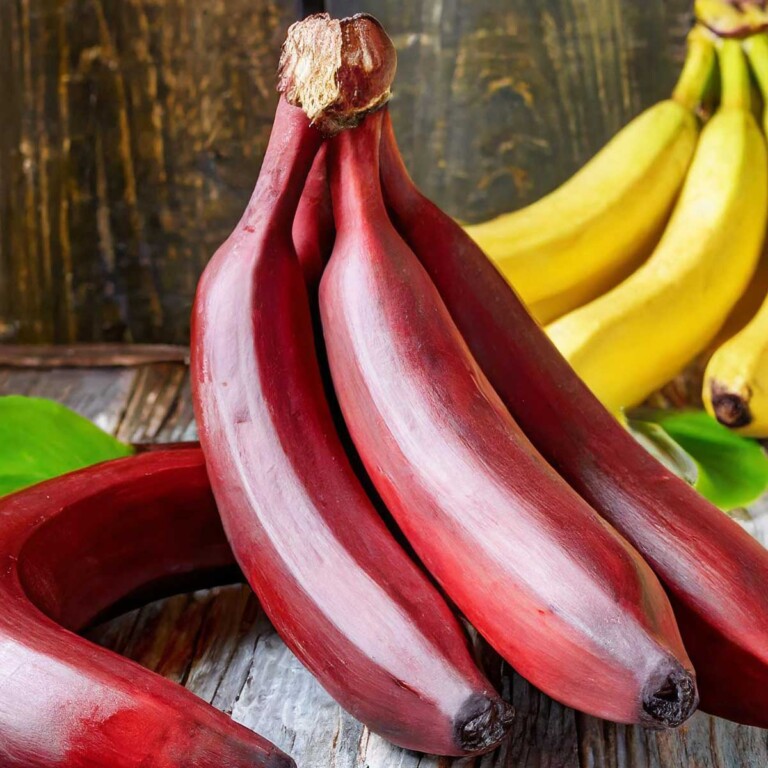Rutabaga Vs Turnip: Difference Between These Root Vegetables
This post may contain affiliate links. If you make purchase after clicking a link, I may receive a commission at no extra cost to you.
Last Updated on March 22, 2024
Do you wonder about rutabaga vs turnip and what the differences are? You are not alone! The two are often confused, but they are different in many ways.
Let’s take a look at their differences in taste, texture, nutritional value, and usage in cooking. By the end, you’ll be an expert on these underground root vegetables!

Rutabaga Vs Turnip
Next time you visit the grocery store, don’t overlook the root veggies section. You’ll find a whole host of veggies there, including the rutabaga and turnip. These winter root vegetables might seem similar but have key differences.
Let’s break it down!
What is a Rutabaga?
Rutabagas, known by different names such as Swedish turnip or yellow turnips, are a hybrid of a turnip and wild cabbage. This larger-sized root vegetable is typically recognized by its yellowish-brown skin with a purple crown and yellow flesh.
The scientific name for it is Brassica napobrassica or Brassica napus subsp. rapifera. Its slightly sweet taste with a hint of peppery flavor makes it an excellent addition to hearty stews and comforting casseroles.
The best rutabagas will have the freshest-looking leaves – often referred to as rutabaga greens – which are also edible. See below for ways to use the leafy greens.

Rutabaga
- Scientific Name: Brassica napus subsp. rapifera
- Common Name(s): Rutabaga, Swede (in some regions)
- Leaves: Rutabagas have large, smooth leaves that grow close to the ground.
- Size: Rutabagas are typically larger than turnips, with a more elongated shape.
- Appearance: The exterior of a rutabaga is typically yellowish-brown with a purple top, while the flesh is yellowish-orange.
- Flavor: Rutabagas have a slightly sweet and peppery flavor with a hint of bitterness.
What is a Turnip?
A turnip is also a low-starch root vegetable with a round or slightly flattened shape, belonging to the Brassica family. It has a white, purple, or red skin and white flesh. Turnips have an earthier and slightly bitter flavor compared to rutabagas.
Turnip leaves, also known as turnip greens, resemble collard greens or mustard greens and are a nutritious addition to your dishes.

Turnips
- Scientific Name: Brassica rapa subsp. rapa
- Common Name(s): Turnip
- Leaves: Turnips have green, slightly hairy leaves that grow in a rosette pattern.
- Size: Turnips are generally smaller than rutabagas, with a round or slightly flattened shape.
- Appearance: Turnips can have white, purple, or red skin, with white flesh.
- Flavor: Turnips have a more earthy and slightly bitter flavor compared to rutabagas.
Differences Between Rutabaga Vs Turnip
Rutabagas and turnips are both considered cruciferous vegetables akin to wild cabbage and Brussels sprouts.They offer similar textures and tastes but have key differences. For instance, rutabagas are typically larger sizes and more elongated than turnips which are smaller and rounder.
Another difference lies in the coloring; rutabagas possess a purple top whereas turnips may have different names like ‘White Lady’ based on their white skin or ‘Purple Top’ due to their purple coloring.
Both these root veggies are hybrid creations; the rutabaga being a hybrid of a turnip and a cabbage while some seed catalogs might list certain variety of turnip as ‘turnip-rooted cabbage’.

How to Use Rutabagas and Turnips
Both rutabagas and turnips can be used in various ways, including roasting, boiling, mashing, sautéing, or adding to soups and stews. They can also be grated raw and added to salads or coleslaw.
Here are some creative ways to use these low-starch root vegetables:
- Baked Rutabagas or Turnips: Cut rutabagas and/or turnips into wedges, drizzle with olive oil, sprinkle with salt and pepper, and bake until tender.
- Add Greens to Soup: Use the greens of turnips and rutabagas to make a hearty soup.
- Rutabaga Mash: Boil rutabagas until they’re soft, then mash them up with some butter, milk, and seasonings for a healthier alternative to mashed potatoes.
- Pickled: Slice turnips or rutabagas thinly and pickle them in vinegar and spices for a tangy topping that can be used in sandwiches or salads. Check it out: pickled rutabaga and pickled turnips recipe
- Rutabaga Fries: Cut rutabagas into thin strips, toss them in olive oil and your favorite spices, and bake until crispy for a lower-carb version of French fries.
- Add to Salads: Raw turnips and rutabagas have a crisp texture and slightly spicy flavor that works well in salads. Try combining them with other vegetables, nuts, and a vinaigrette dressing.
- Rutabaga or Turnip Slaw: Shred the root vegetables and mix them with cabbage, carrots, and a creamy dressing to create a slaw.
- Turnip Gratin: Layer thinly sliced turnips with cheese and cream, then bake until golden brown.
- Baked Root Veggies: Toss diced rutabagas, and yellow turnips in olive oil and roast in a single layer on a silicone mat.

Rutabaga Vs Turnip: Taste
- Rutabaga: Slightly sweet and peppery with a hint of bitterness.
- Turnip: Earthy and slightly bitter.
Selecting and Storing Rutabagas and Turnips
- Selection: Choose rutabagas and turnips that are firm, heavy for their size, and free from visible blemishes or mold.
- Cleaning: Before storage, clean the vegetables gently under cool running water to remove any dirt or debris. Dry them thoroughly to prevent moisture from causing spoilage during storage.
- Trimming: Trim off the tops of the rutabagas and turnips, leaving about an inch of stem. Do not peel or cut the vegetables before storing as this can increase moisture loss and decrease shelf life. You can use the greens!
- Bagging: Place the vegetables in a perforated plastic bag. This allows airflow while maintaining a high humidity environment which is ideal for these root vegetables.
- Storing: Store rutabagas and turnips in the crisper drawer of your refrigerator. The cold, humid environment is perfect for keeping these vegetables fresh.
- Shelf Life: Rutabagas and turnips stored this way can last up to 2 months in the refrigerator.

Rutabaga vs Turnip Nutrition and Benefits
Both rutabagas and turnips have an impressive array of nutrients. Take a look!
Rutabaga Nutrition
- Vitamin C: Rutabagas are rich in vitamin C, an essential antioxidant that supports immune function and collagen production.
- Vitamin A: Rutabagas contain vitamin A, beneficial for vision health and skin maintenance.
- Vitamin K: Rutabagas provide a source of vitamin K, important for blood clotting and bone health.
- B Vitamins: Rutabagas contain several B vitamins including Thiamine (B1), Riboflavin (B2), Niacin (B3), Pantothenic acid (B5), and Vitamin B6, which play roles in energy metabolism and nerve function.
- Folate: Rutabagas provide folate, a B vitamin crucial for DNA synthesis and cell division.
- Minerals: Rutabagas contain minerals such as Calcium, Iron, Magnesium, Phosphorus, Potassium, Sodium, Zinc, Copper, Manganese, and Selenium, each contributing to various bodily functions such as bone health, muscle function, and antioxidant activity.
- Omega-3 and Omega-6 Fatty Acids: Rutabagas provide small amounts of these essential fatty acids, important for heart health and brain function.
Turnip Nutrition
- Vitamin C: Turnips are a good source of vitamin C, an antioxidant that supports the immune system and helps with collagen production.
- Vitamin K: Turnips contain vitamin K, which is important for blood clotting and bone health.
- Folate: Turnips provide folate, a B vitamin that plays a key role in DNA synthesis and cell division.
- Calcium: Turnips contain calcium, which is essential for bone health and muscle function.
- Potassium: Turnips are rich in potassium, an electrolyte that helps regulate fluid balance, nerve function, and muscle contractions.
- Magnesium: Turnips provide magnesium, which is involved in hundreds of biochemical reactions in the body and supports nerve and muscle function.
- Phosphorus: Turnips contain phosphorus, which is important for bone health and energy metabolism.
- Iron: Turnips contain iron, a mineral necessary for oxygen transport in the blood and energy production.
- Vitamin B6: Turnips provide vitamin B6, which is involved in amino acid metabolism and neurotransmitter synthesis.
- Copper: Turnips contain copper, a trace mineral that plays a role in iron metabolism and the formation of red blood cells.
- Manganese: Turnips provide manganese, which is involved in bone formation, collagen production, and antioxidant defense.
- Dietary Fiber: Turnips are a good source of dietary fiber, which supports digestive health and helps maintain healthy cholesterol levels.
Rutabaga and Turnip Leaves
The greens of rutabagas and turnips are often overlooked, however they are really nutritious and can be eaten like other greens. You can even consume them in their microgreen state to add a slight peppery taste to salads.
Turnip Greens
Turnip greens, with their slightly peppery and bitter taste, are commonly used in Southern cuisine, where they are braised, sautéed, or added to soups and stews. They have a tender texture and bold flavor when cooked.
Rutabaga Greens
Rutabaga greens have a milder flavor compared to turnip greens but still offer a delightful earthy taste with a hint of sweetness. They can be cooked similarly to turnip greens and are often utilized as a nutritious addition to salads, stir-fries, or even blended into smoothies for added nutrients.
To prepare rutabaga greens, you’d need a vegetable peeler or paring knife to remove the outer layer and wax coating found on the rutabaga roots before chopping them up for your dish.
Ways to Use Rutabaga and Turnip Leaves
- Sautéed with Garlic and Olive Oil: Heat olive oil in a pan, add minced garlic, and sauté chopped rutabaga and turnip greens until wilted. Season with salt, pepper, and a splash of lemon juice for a simple and tasty side dish.
- In Soups and Stews: Add chopped rutabaga and turnip greens to soups and stews for added nutrients and flavor. They pair well with hearty ingredients like white beans, potatoes, and sausage, adding depth and texture to the dish.
- Mixed into Pasta Dishes: Toss cooked pasta with sautéed rutabaga and turnip greens, along with some cherry tomatoes, Parmesan cheese, and a drizzle of balsamic glaze for a quick and satisfying meal.
- Blended into Smoothies: Incorporate raw rutabaga and turnip greens into smoothies for a nutritious boost. Blend them with fruits like bananas, pineapple, and mango, along with some coconut yogurt and a plant-based milk for a refreshing drink.
Interesting Facts About Rutabagas & Turnips
- Ancient Origins: Turnips have a long history, believed to have been cultivated for over 4,000 years. They were a staple crop in ancient Greece and Rome and were even mentioned in Greek mythology.
- Nordic Roots: Rutabagas are believed to have originated in Scandinavia and were first cultivated in Sweden in the 17th century. In fact, the name “rutabaga” is derived from the Swedish words “rotabagge” and “rotbagga,” which mean “root bag” or “thick root.”
- Culinary Delights: In Scotland, rutabagas are traditionally used to make “neeps and tatties,” a dish consisting of mashed rutabagas and potatoes, often served with haggis on Burns Night.
- Versatile Uses: Turnips were used in ancient times not only as a food source but also for medicinal purposes and as animal fodder. They were highly valued for their ability to thrive in a variety of climates and soil conditions.
- Royal Connection: Queen Elizabeth I of England is said to have been a fan of turnips and enjoyed them in various dishes, including turnip pudding.
- Storage Solution: Rutabagas were historically used as winter storage vegetables due to their long shelf life. They could be stored in cool, dry conditions for several months without spoiling.
- Symbolism: In some cultures, turnips were associated with divination and were used in rituals to predict the future or ward off evil spirits.
- Nutritional Powerhouses: Both rutabagas and turnips are low in calories but high in fiber, vitamins, and minerals, making them nutritious additions to a balanced diet.
- Folklore: In European folklore, it was believed that placing a turnip under one’s pillow would induce prophetic dreams or protect against nightmares.
- Industrial Uses: Rutabagas have been utilized beyond the kitchen; during World War I, rutabagas were used to produce ethanol for fuel due to shortages of other crops. Similarly, during World War II, turnips were used as a substitute for potatoes in making alcohol.
Rutabaga Vs Turnip: Frequently Asked Questions
Still wondering some things about rutabaga vs turnip? Here are answers to some commone questions:
Do Rutabagas and Turnips Taste the Same?
No, rutabagas and turnips taste a bit differently. Rutabagas tend to be slightly sweeter with a peppery undertone, while turnips have a more earthy and slightly bitter flavor.
Which is Healthier Turnip or Rutabaga?
Both turnips and rutabagas are nutritious vegetables, but their exact nutritional profiles may vary slightly. Rutabagas are particularly high in vitamin C and potassium, while turnips are also rich in vitamins and minerals.
Can You Substitute Rutabaga for Turnips?
Yes, rutabagas can generally be substituted for turnips in most recipes, and vice versa, although there may be slight differences in flavor and texture.
Do You Need to Peel Rutabagas?
It’s generally recommended to peel rutabagas before cooking, as the skin can be tough and fibrous. Peeling also helps remove any wax or dirt that may be present on the surface. However, if the rutabaga is young and tender, the skin may be edible.
Does Rutabaga Give You Gas?
Like many cruciferous vegetables, rutabagas can sometimes cause gas or bloating in some individuals, especially when consumed in large quantities or by those with sensitive digestive systems. Cooking rutabagas thoroughly and incorporating them gradually into your diet may help reduce the likelihood of digestive discomfort.
Is Rutabaga a Nightshade?
No, rutabaga is not a nightshade food. Nightshade vegetables belong to the Solanaceae family, which includes tomatoes, potatoes, eggplants, and peppers. Rutabagas belong to the Brassicaceae family, along with other cruciferous vegetables like cabbage, broccoli, and kale.
How Do You Take the Bitterness Out of Rutabagas?
To reduce bitterness in rutabagas, you can try soaking them in cold water for about 30 minutes before cooking. Adding a bit of sweetness, such as honey or maple syrup, during cooking can also help balance the flavors. Additionally, ensuring that rutabagas are cooked thoroughly can mellow out any bitterness.
How Do You Take the Bitterness Out of Turnips?
Blanching the turnips can help remove some of the bitterness. Roasting is another great method to reduce bitterness as the natural sugars in the turnips caramelize during roasting, bringing out a sweet flavor that counteracts any residual bitterness. Lastly, like rutabagas, you can use ingredients like honey, maple syrup, or cheese to balance out their flavor.
Final Thoughts
While rutabagas and turnips may appear similar at a glance, they are indeed two distinct root vegetables with their own unique characteristics. Both offer a multitude of health benefits and can be used in various ways. Whether you prefer the milder flavor of turnips or the sweeter taste of rutabagas, incorporating these nutritious vegetables into your diet can contribute to a healthier lifestyle.
Sources
- https://www.webmd.com/diet/health-benefits-rutabaga
- https://www.healthline.com/nutrition/rutabagas
- https://www.medicalnewstoday.com/articles/rutabaga
- https://www.webmd.com/diet/benefits-turnips
- https://www.healthline.com/nutrition/turnip-nutrition
- https://www.health.com/turnips-8404916
- https://www.gardeningknowhow.com/tbt/history-turnips-garden
- https://foodprint.org/real-food/turnips


